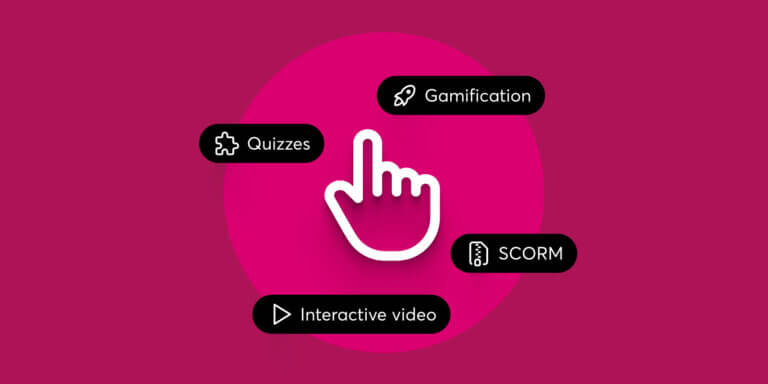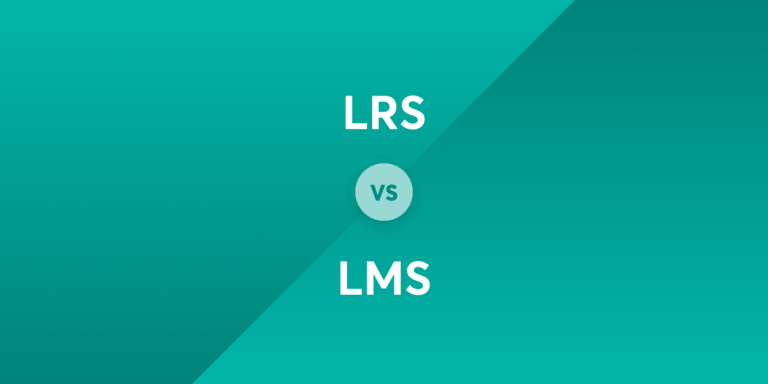Table of Contents
The customer journey doesn’t stop when a sale is closed. On the contrary, the after-purchase stage is decisive in engaging customers and turning them into brand advocates.
Once you close a sale, the first action item on your list is to enable customers to leverage the full capabilities of your product or service. One way to achieve this is through customer enablement or onboarding.
Customer onboarding is not just a matter of first impressions – it’s part of meeting customer expectations and delivering a smooth customer experience.
With a customer onboarding process in place, new customers will enter the post-purchase phase of the customer journey feeling supported. They will have all the resources they need to master the product’s features and discover use cases they hadn’t realized existed.
A successful customer onboarding experience can help:
✅ reduce time to value
✅ promote feature/product adoption
✅ increase customer satisfaction, and
✅ lower customer churn rates.
This sounds good, in theory. In practice, onboarding new clients is not always smooth sailing and the results are not as anticipated.
In this post, we’ll explore the 7 most common client onboarding challenges and how incorporating a Learning Management System (LMS) into your strategy can help you overcome them.
7 Customer Onboarding Challenges & How an LMS Can Help
Customer onboarding is your chance to successfully meet customer needs and pave the way to much-desired customer retention. A customer education LMS will help you streamline, scale, and monitor customer onboarding.
With rich functionalities and automations, an LMS is the ultimate solution to overcome these 7 most common customer onboarding challenges:
1
Complex product
This is a problem all too common among SaaS businesses – your product has (too) many features and capabilities. And that comes at the cost of a learning curve that hinders feature adoption.
Did you know that 86% of customers say that they would be more likely to stay loyal to a business if they knew that they would have access to educational and welcoming onboarding content post-sale?
Therefore, you must find a way to help your customers discover your product and realize its value before they give up on it.
How an LMS can help: Using an LMS, you can offer a wide range of useful training content for new users and even build structured modules, thus providing a comprehensive customer onboarding experience with all the resources they need.
From step-by-step walkthrough tutorials and written guides to live training sessions and webinars, an LMS can help you deliver real-time and asynchronous onboarding support, combining them as needed.
Our advice: choose an LMS with a built-in AI tool to create, refine, or repurpose content. This will save time, money, and human resources, and give you the flexibility to create diverse content fast, whenever needed.
💡 Help customers discover top features and use cases for them by adding qualification questions upon sign-up. Segment customers and launch targeted email campaigns with product tutorials, tips, and resources.
2
Limited customer support
As your customer base expands, your customer support team or customer success managers might become overwhelmed and not reply in a timely manner. This impedes effective onboarding and frustrates customers.
The solution is a tech-touch customer onboarding strategy that will relieve the workload of your customer support teams while empowering customers.
How an LMS can help: An LMS can take self-service onboarding to a new level by becoming a comprehensive knowledge base with documentation, FAQs, community forums, and guides your customers can access 24/7. Eventually, the number of incoming tickets will decrease, eliminating the need to hire new staff and lowering customer support costs even as your company grows.
💡Chatbots are another essential addition to enabling self-service, as they can reply to and solve simple queries in real-time.
3
Customer churn
Customer churn during onboarding is not uncommon. A welcome email with a couple of links to your training resources is not always enough to turn new users into customers.
Consistent and direct communication, as well as a well-structured onboarding strategy, are key to establishing customer relationships and preventing early-stage customer churn.
How an LMS can help: An LMS allows you to deploy training courses with personalized learning paths and keep customers engaged throughout the process, offering a positive user experience.
💁 For example, you can offer your course on a mobile app and send in-app notifications and learning reminders. Plus, with game mechanics like badges and milestones, you can keep customers hooked during the process. Consider offering a certificate to further motivate them to finish their training.
💡Before building user onboarding material, it’s important to understand customer expectations. Build detailed ICPs, examine your product’s position in the market and how it differentiates from your competitors, and analyze customer support tickets for common queries. Some will still abandon the product, so make sure to add a customer exit survey to understand what went wrong.
4
Diverse client base
Having a broad customer base makes it difficult to segment customers and personalize the onboarding experience. Customers may come from different industries or company sizes, or they may plan to use your product in different ways. Some might need basic features, while others more advanced ones.
How an LMS can help: An LMS allows you to create customer segments and groups based on the customers’ common characteristics and automate workflows for easier user management and administration. You can personalize their experience by creating different learning environments and personalizing welcome screens and your messaging.
💡Integrate your LMS with your CRM to create personas and segment customers based on these personas. Identifying common characteristics and pain points will help you create more targeted training material.
5
Global reach
Operating on a global level imposes similar and even harder challenges than having a diverse client base since, in this case, you have to address scalability challenges (catering to a large customer base), language barriers, and cultural differences.
How an LMS can help: A Learning Management System helps you deploy training on a large scale with content that is available online and asynchronously, reducing the need for one-to-one support. Most LMSs support several languages to cater to the needs of larger organizations, while built-in AI tools facilitate content translation.
💡 Use a translation solution, like Weglot, that you can seamlessly connect with your LearnWorlds school to transform your training programs into dynamic, multilingual learning experiences.
6
No data on customer engagement with training
Most companies offer some type of onboarding material – usually a knowledge base with support articles or video tutorials on their YouTube channel, etc.
The problem is that, in most cases, it’s hard to understand how customers respond to these resources and whether they effectively meet customer education needs.
How an LMS can help: An LMS helps you put together your onboarding material in one place and monitor how customers interact with it. It offers built-in solutions, like survey builders, to collect customer feedback and ask follow-up questions.
An LMS will also provide accurate metrics with autogenerated, customizable reports. You can monitor anything from course completion rates and certificates issued to engagement with specific modules.
💡 Monitor learner progress throughout the process and set up an automation to re-engage users who show signs of abandoning the onboarding course.
7
Frequent product updates
Your product team is on a roll, developing and releasing new features every few months. While this is great news, it can make it harder for your client-facing teams to keep up and also for you to update your knowledge bases.
How an LMS can help: With an LMS, you can ensure your customer-facing teams, from sales to customer support and success teams, are up to speed with all product updates. You can easily create and share new training material to their existing courses.
Similarly, you can update your knowledge hub, so customers always have fresh information.
💡 Send automated notifications to users about new updates and the availability of related training to ensure they are always informed.
Customer Onboarding Complete – What’s Next?
Congratulations on deploying a customer onboarding program! Next, don’t forget to collect and act on customer feedback, whether it concerns your product, onboarding process, or resource availability. Offering rewards can also boost customer loyalty and help you create repeat customers.
A Learning Management System like LearnWorlds allows you to offer smooth customer onboarding experiences that engage customers and boost loyalty. Explore features like our AI assistant, built-in content authoring, rich integrations, branding, reporting, automations, assessment, survey and certificate builders, user tagging and segmentation, and many more!
Start your 30-day free trial now to see how LearnWorlds can transform your customer training once and for all.
Further reading you might find interesting:

Androniki Koumadoraki
Androniki is a Content Writer at LearnWorlds sharing Instructional Design and marketing tips. With solid experience in B2B writing and technical translation, she is passionate about learning and spreading knowledge. She is also an aspiring yogi, a book nerd, and a talented transponster.




